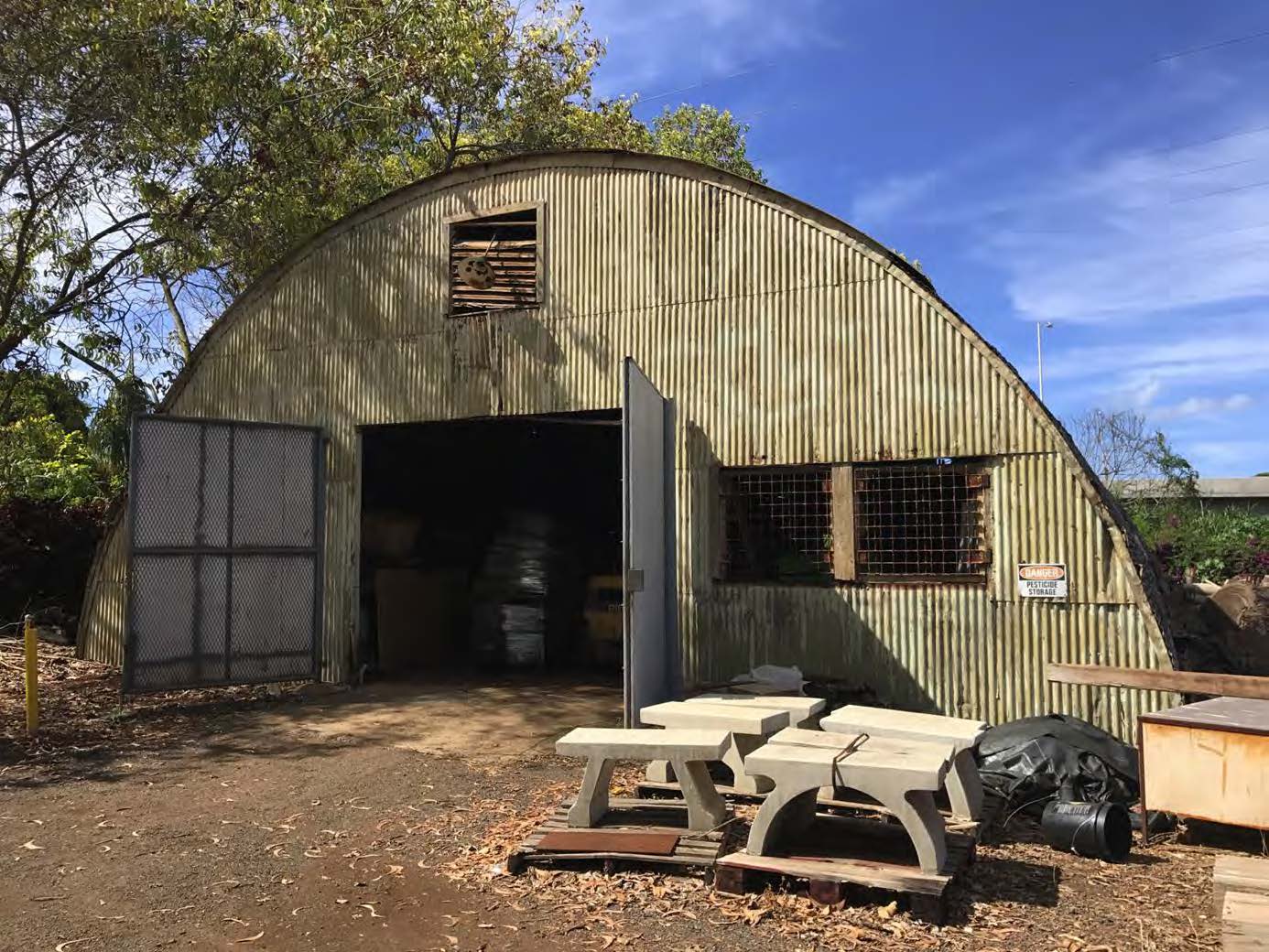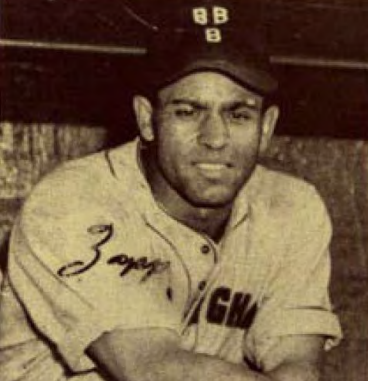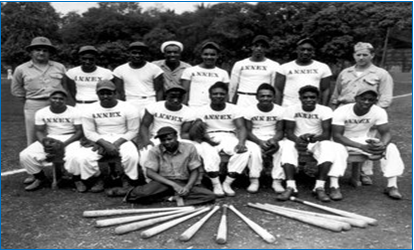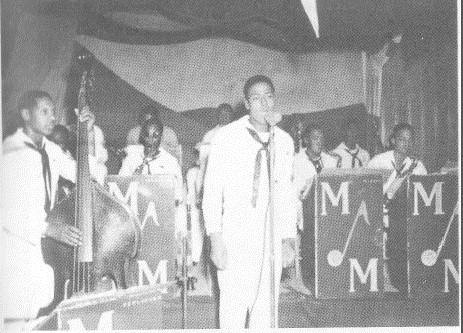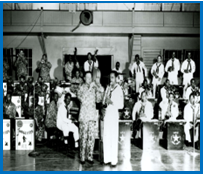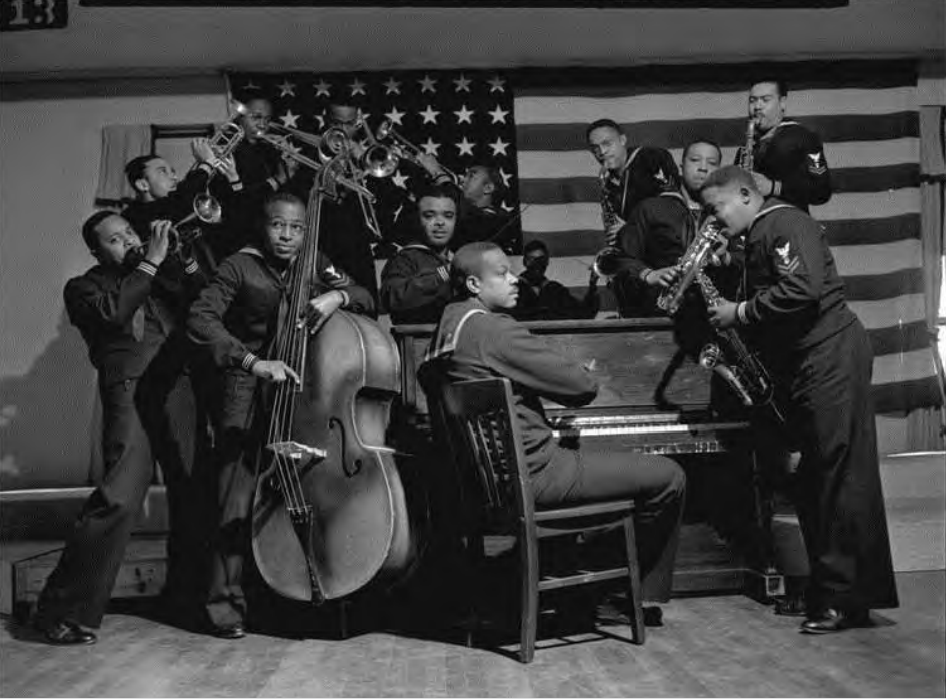Last Remaining Building at Mānana Barracks Reveals Rich History
By guest contributor Deloris Guttman, founder and curator of the Obama Hawaiian Africana Museum (formerly known as the African American Diversity Cultural Center Hawaii).
Naval Aviation Supply Depot (NASD) Personnel Quonset Hut 33 is a one-story former military building on the grounds in the Urban Garden Center, University of Hawai‘i at Mānoa College of Tropical Agriculture and Human Resources in Pearl City on O‘ahu. There were a 100 Quonset huts constructed in 1944. Quonset Hut 33, the only structure that remains, served as galley storehouse at the segregated housing Manana Barracks for African American military personnel in the Naval Aviation Supply Depot.
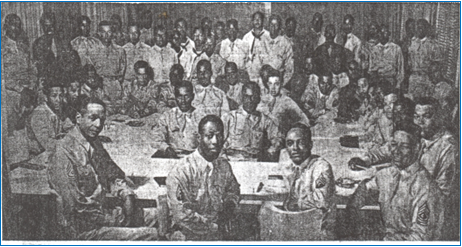
In the midst of World War II, several factors led to the U.S. Navy’s construction of a segregated encampment between Pearl City and an area known as the Waiawa Gulch. Among them were various racial tensions at housing areas for African American Cargo Handling Units at Pearl Harbor and surrounding areas, the arrival of over a dozen predominantly African American Construction Battalions (CBs or “SeaBees”) to the Fourteenth Naval District in July 1943, and the construction of two supply centers in Waiawa Gulch where many African American navy men worked. Under “Jim Crow” law, black servicemen could not socialize with white servicemen in Hawai‘i. A separate USO facility was setup.
The Manana Barracks housed over 1,800 African Americans that worked at the Waiawa Gulch Naval Aviation Supply Deport as stevedores and cargo handlers. The contributions of these men who lived at Manana Barracks provided vital service to World War II war efforts in the Pacific Theater. During World War II, the majority of African American military personnel in Hawai‘i served in the U.S. Navy, both on shore and at sea. Pearl Harbor was the largest posting of African American servicemen in the world. In addition, it is interesting to note how many of these young men began their entertainment and athletic careers in Hawai‘i.
Manana Barrack Baseball Team
- James “Zipper” Zapp (1924–2016) joined the US Navy in 1942 and served as a boatswain’s mate 2nd Class. He played for the ‘Aiea Barracks team, and later, the Manana Barracks baseball team before being selected as one of two African American ball players to join the integrated ‘Aiea Barracks baseball team.
- Front right: James Zapp, Andy Ashford and the integrated ‘Aiea Team.
James “Zipper” Zapp (1924–2016) was a boatswain’s mate 2nd class in the US Navy stationed in Hawai‘i at Pearl Harbor. He began playing ball for the ‘Aiea Naval Barracks integrated team, and also played with the Manana Barracks team. The teams won 1943 and 1944 championship games.
Music at Manana Barracks
The two swing bands at Manana Barracks were the “Moonglowers” and “Manana Meteors”. Both were kept busy playing at Officers Quarters, USO clubs, and parties. There was another 17-piece band stationed at Barbers Point Naval Station, fronted by “Pee Wee” Jackson of Cleveland, Ohio.
John Coltrane who would go on to become a world renowned jazz musician, enlisted in the US Navy in 1945. He joined the “Melody Masters” at Manana Barracks and played saxophone and clarinet. His first recording on July 13, 1946 was an impromptu session, not for release, with a small group of musicians from the segregated white band including drummer Joe Theime.
James Benton Parsons enlisted in the US Naval Reserve and became the director of the Navy B-1 Fleet Band. He mustered out of service as a Musician 1st Class.
- John Coltrane became the band leader of the “Melody Maters”.
- Swing Band
- “Moonglowers,” a smaller break-out swing band of the B-1 Navy Fleet Band. Source: Josh Shaffer, “US Navy’s first black band.
- James Benton Parsons
During World War II, the majority of African American military personnel in Hawai‘i served in the US Navy both on shore and at sea. Initially the 167,000 African American sailors could only enlist as stewards, mess attendants, and cooks.
After the attack on Pearl Harbor, the U.S. Department of Defense sent 600 African American civil defense workers to rebuild the Naval Yard. They lived in segregated “Civilian Housing Areas” adjacent to Hickam Field in the Pearl Harbor vicinity.
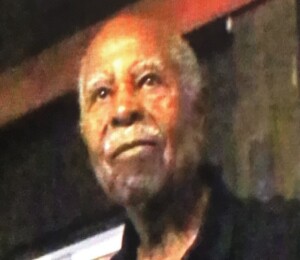
Ernest Golden, for example, arrived in Hawai‘i in 1943 as a defense worker at the Pearl Harbor Naval Shipyard. He recalled living in Civilian Housing Area 3, where many single male civilian workers employed at the Naval Yard lived during World War II. Golden said, “It was the housing area for the civilian workers and mostly from Pearl Harbor.
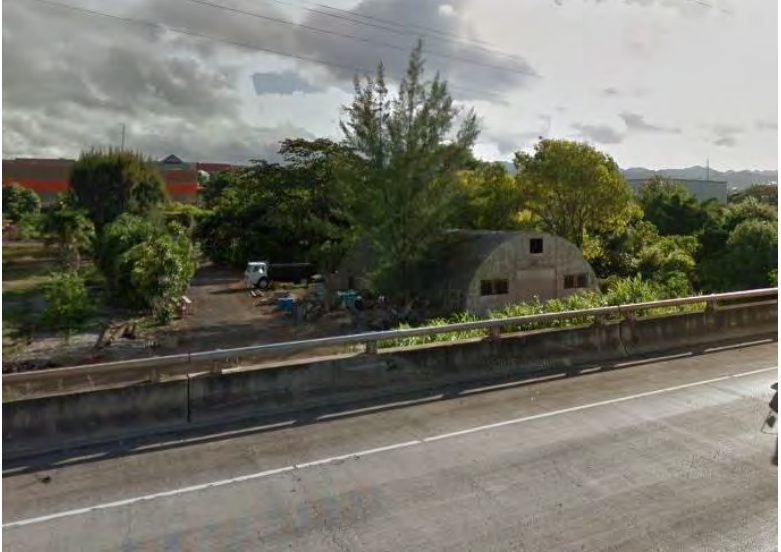
View of Quonset Hut 33 and the O‘ahu Urban Garden from the Queen Lili’uokalani Freeway, camera
facing northeast. From Google Maps, August 2011.
Source:
Quonset Hut 33 was added to the Hawai‘i State Register of Historic Places in 2019. View the nomination.


